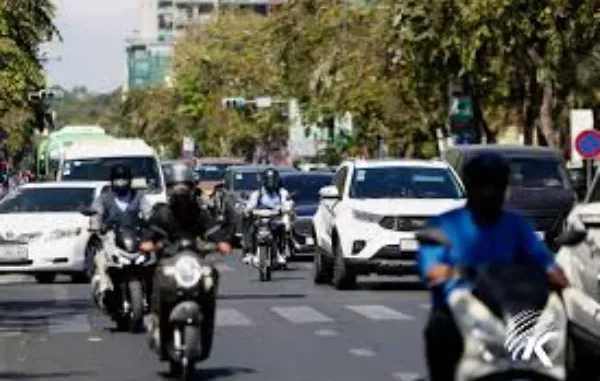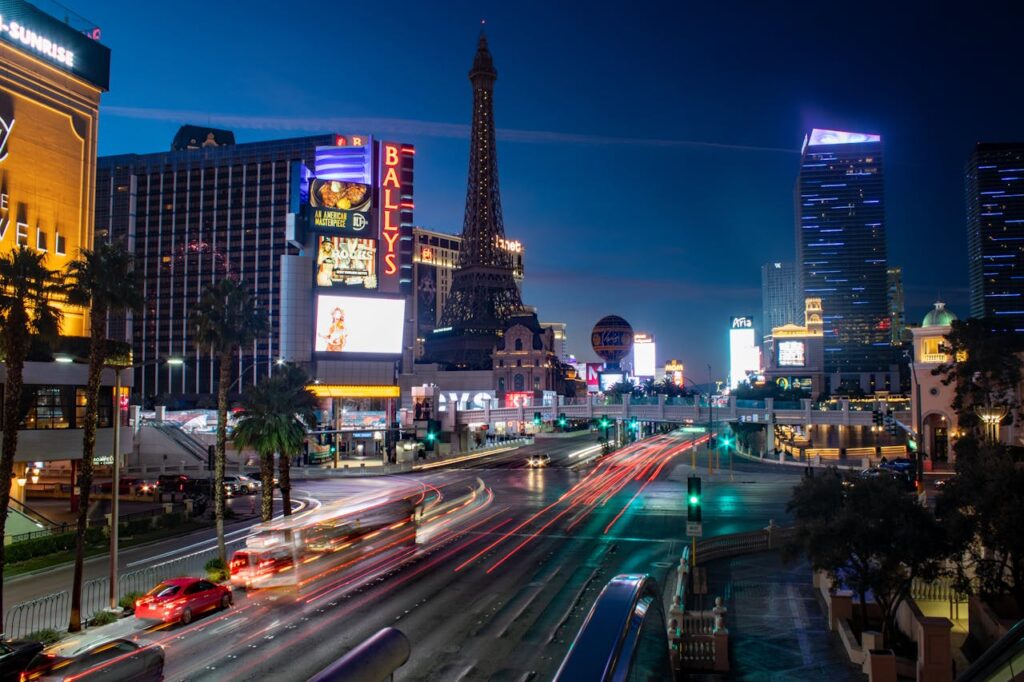

Tourism hotspots across the country consistently show elevated drunk driving crash rates that correlate directly with visitor volume and nightlife activity. These destinations create perfect storms of alcohol availability, unfamiliar roads, and party atmospheres that encourage risky behaviors among vacationing drivers.
Entertainment districts specifically see dramatic spikes in impaired driving incidents, with DUI accidents in Las Vegas rising predictably during major conventions, holidays, and peak tourist seasons. Local law enforcement agencies track these patterns and adjust their enforcement strategies accordingly.
The combination of readily available alcohol, unfamiliar navigation challenges, and vacation mentalities creates substantially more driving risks than tourists typically face in their home communities. Understanding these dynamics helps explain why tourist-heavy areas invest heavily in DUI prevention and enforcement programs.
The Connection Between Nightlife and DUI Incidents
Concentrated entertainment districts with multiple bars, clubs, and restaurants create environments where tourists consume large quantities of alcohol within walking distance of their accommodations. However, many visitors still choose to drive rather than walk or use alternative transportation options.
All-inclusive resort packages and drink specials encourage excessive consumption that impairs judgment about driving ability while making alcohol seem like a free amenity rather than a substance that creates legal liability. These marketing strategies increase consumption without emphasizing the driving risks.
Late-night entertainment schedules mean that tourists often consume alcohol for extended periods before attempting to drive back to hotels or vacation rentals. The combination of fatigue and alcohol creates particularly dangerous impairment levels that cause serious accidents.
Vacation mentalities reduce inhibitions and increase risk-taking behaviors as tourists feel freed from normal responsibilities and consequences that would restrain their drinking and driving decisions at home. This psychological shift contributes to poor decision-making about impaired driving.
Out-of-Town Drivers and Unfamiliar Roads
GPS dependency creates dangerous situations when impaired drivers rely on navigation technology while dealing with unfamiliar road layouts, confusing signage, and tourist-oriented traffic patterns. Intoxicated drivers struggle with complex navigation while operating vehicles in challenging environments.
Rental vehicle unfamiliarity compounds impairment effects as drunk drivers attempt to operate vehicles with different controls, sizes, and handling characteristics than their personal vehicles. These adjustment challenges become much more difficult when combined with alcohol impairment.
Local traffic pattern confusion includes understanding right-of-way rules, speed limits, and road design features that differ from tourists’ home communities. Impaired drivers struggle with these differences even more than sober visitors learning new road systems.
Construction zones and special event traffic management create temporary road conditions that challenge even sober drivers, but become particularly hazardous when tourists attempt navigation while impaired. These changing conditions require attention and judgment that impaired drivers can’t provide safely.
Why Holidays and Events Increase Crash Risks
Major holidays bring increased tourist volume combined with celebratory drinking that significantly elevates DUI crash rates during predictable periods. New Year’s Eve, July 4th, and other party-focused holidays create particularly dangerous combinations of alcohol consumption and driving.
Convention schedules often include hospitality events, networking functions, and entertainment activities that combine business travel with heavy alcohol consumption. Business travelers may feel pressure to participate in drinking activities while still maintaining transportation needs for meetings and flights.
Festival and concert attendance draws visitors who plan their trips around entertainment events that prominently feature alcohol consumption. These planned drinking activities often conflict with transportation needs that weren’t properly considered during trip planning.
Wedding and special event tourism creates situations where out-of-town guests consume alcohol at celebrations without adequate transportation planning for unfamiliar locations. These events often occur in rural or resort areas with limited public transportation options.
Local Strategies to Curb Tourist-Driven DUIs
Enhanced enforcement during peak tourist periods includes increased police presence, sobriety checkpoints, and specialized DUI patrols that target high-risk areas and times. These visible enforcement efforts both catch impaired drivers and deter others from driving while intoxicated.
Public transportation improvements focus on connecting entertainment districts with tourist accommodations through convenient, affordable options that provide practical alternatives to driving. Shuttle services, expanded bus routes, and ride-sharing partnerships reduce driving demand.
Awareness campaigns specifically target tourists through hotel partnerships, rental car company messaging, and airport advertising that educates visitors about local DUI laws and consequences. These programs emphasize that vacation doesn’t exempt travelers from serious legal consequences.
Technology solutions include ride-sharing incentives, designated driver programs, and mobile apps that help tourists find transportation alternatives during peak drinking times. These technological tools make alternatives more convenient than driving while impaired.
Conclusion
Tourism significantly increases DUI accident rates through predictable patterns that combine increased alcohol consumption with challenging driving conditions for out-of-town visitors. These crashes often involve more severe injuries because they frequently occur at high speeds on unfamiliar roads.
Understanding the tourism-DUI connection helps both destinations and visitors prepare for these predictable risks through better planning, enforcement, and prevention strategies. Tourist areas that ignore these patterns often face serious public safety and economic consequences from preventable crashes.
Smart tourism management includes comprehensive approaches to reducing impaired driving that protect both visitors and local residents from the predictable consequences of combining vacation drinking with motor vehicle operation. Prevention programs cost far less than the medical, legal, and economic consequences of tourist-driven DUI crashes.

Leave a Reply